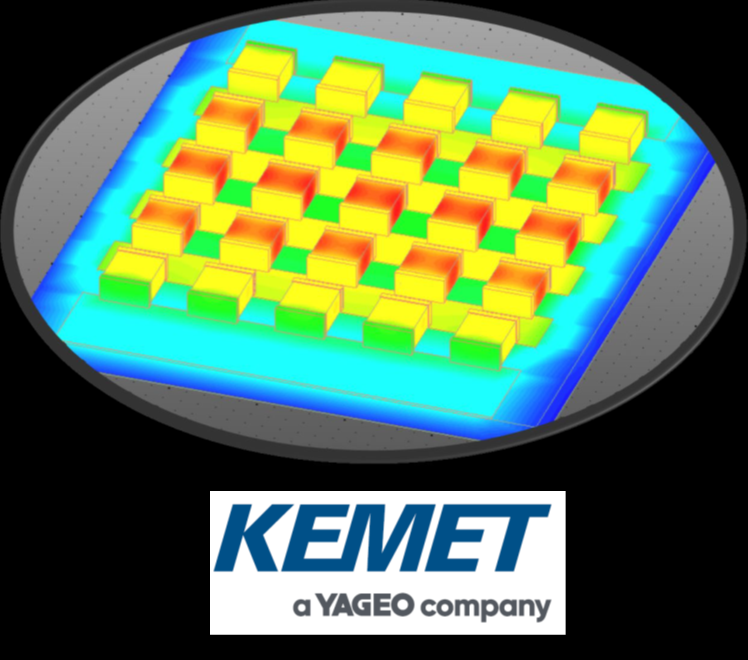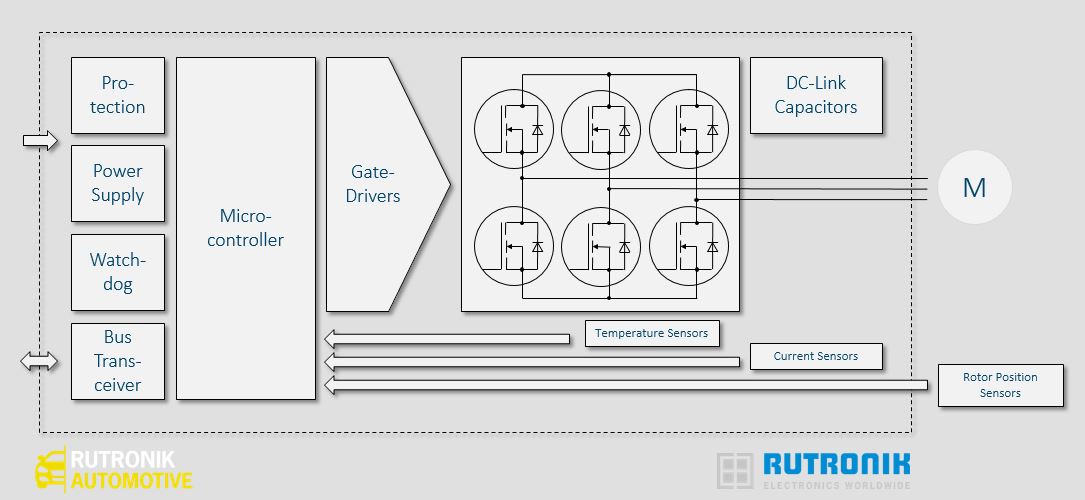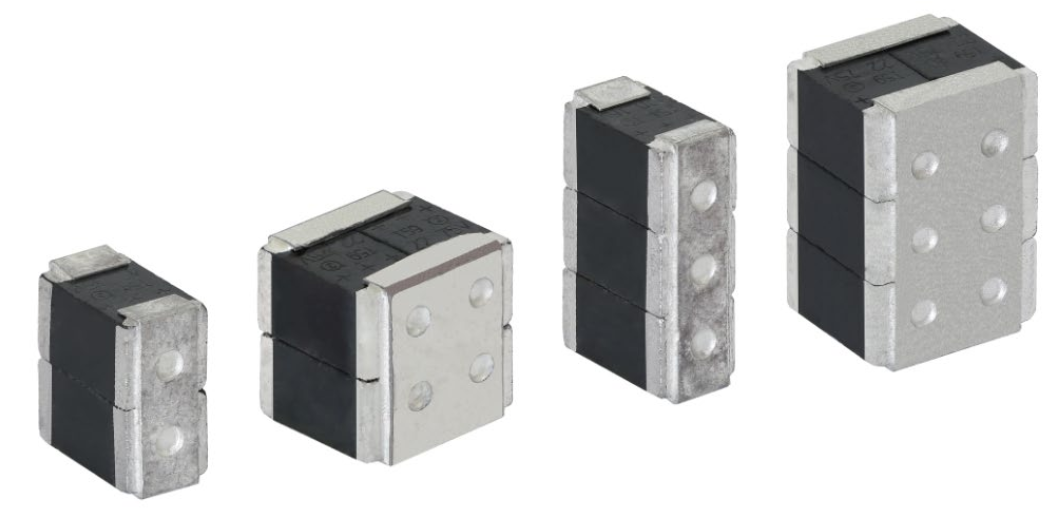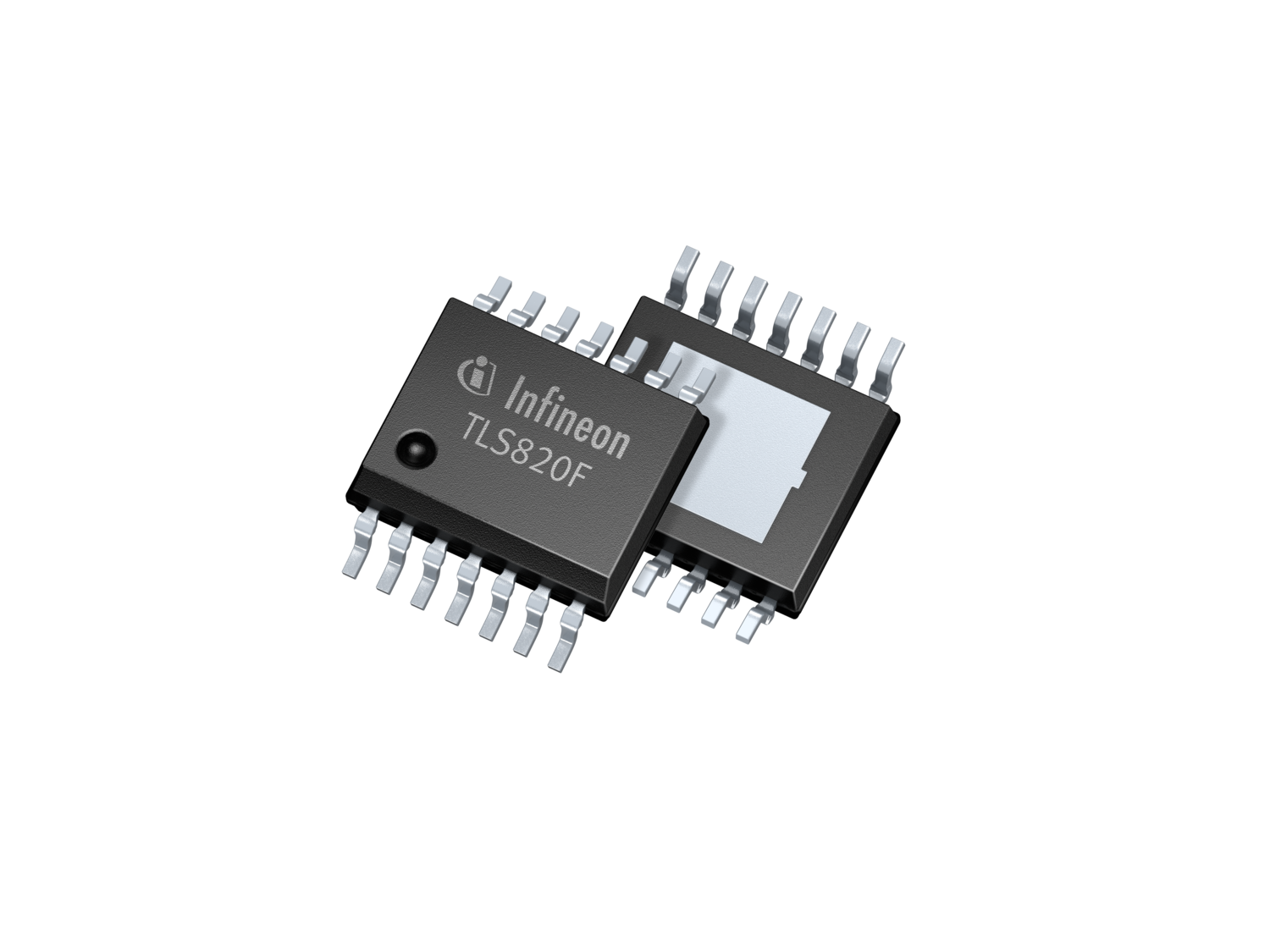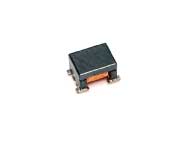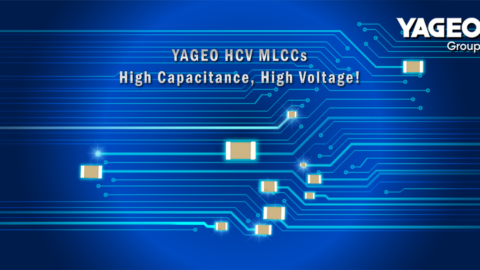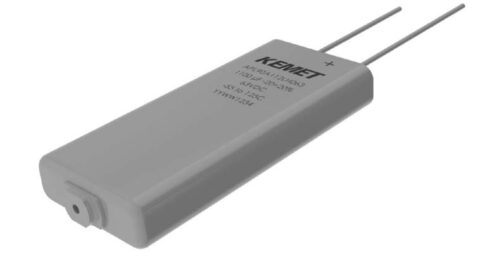KEMET Electronics Resonant MLCC Application Guide
Overview
On-Board-Chargers (OBCs) are used to convert AC line voltages to DC voltages necessary for charging EV batteries. To maximize power and efficiency, designers are implementing leading-edge design topologies and components. One of these is the LLC resonant topology that utilizes a capacitor and inductor resonant circuit. Over the past few years, designers have been moving from Film capacitors to Ceramic capacitors in the resonant circuit. By using ceramic capacitors, OBC power levels and efficiencies are reaching all-time highs. Ceramic capacitors are now transitioning from supporting components on the PCB to enabling technologies and key design considerations need to be addressed to maximize power, efficiency, and reliability of the solution. This application guide provides general guidelines on selecting and validating an MLCC (Multilayer Ceramics Capacitor) resonant solution for OBCs as well as addressing some lesser-known phenomenon with MLCCs under high AC voltages.
Main points are :
On-Board-Chargers (OBCs)
Resonant Capacitor Requirements
Benefits of Class 1 vs Class 2 MLCCs
Considerations for Selecting MLCCs in Resonant Applications
Fully presentation :KEMET Resonant MLCC Application Guide v12
KEMET Solutions for Resonant Applications:
C0G High Voltage: Datasheet
• Case Sizes: 1206 – 2225
• Voltage Range: 500V – 3000V
• Temperature Range: -55C – 125C
• Standard and Flexible Termination Options
KC-LINK™: Datasheet
• For Fast Switching Semiconductors
• Case Sizes: 1812, 2220, 3640
• Voltage Range: 500V – 2000V
• Temperature Range: -55˚C – 150˚C
• Standard and Flexible Termination Options
KC-LINK™ with KONNEKT™ Technology: Datasheet
• High Density Packaging Technology
• Case Sizes: 1812, 2220, 3640
• Voltage Range: 500V – 2000V
• Temperature Range: -55˚C – 150˚C

